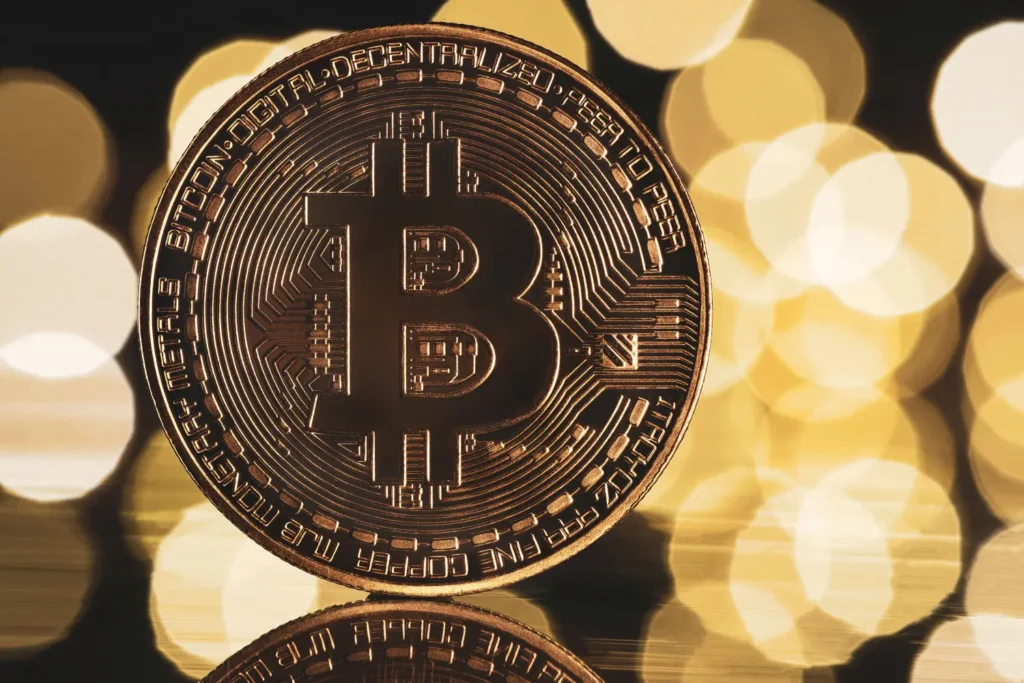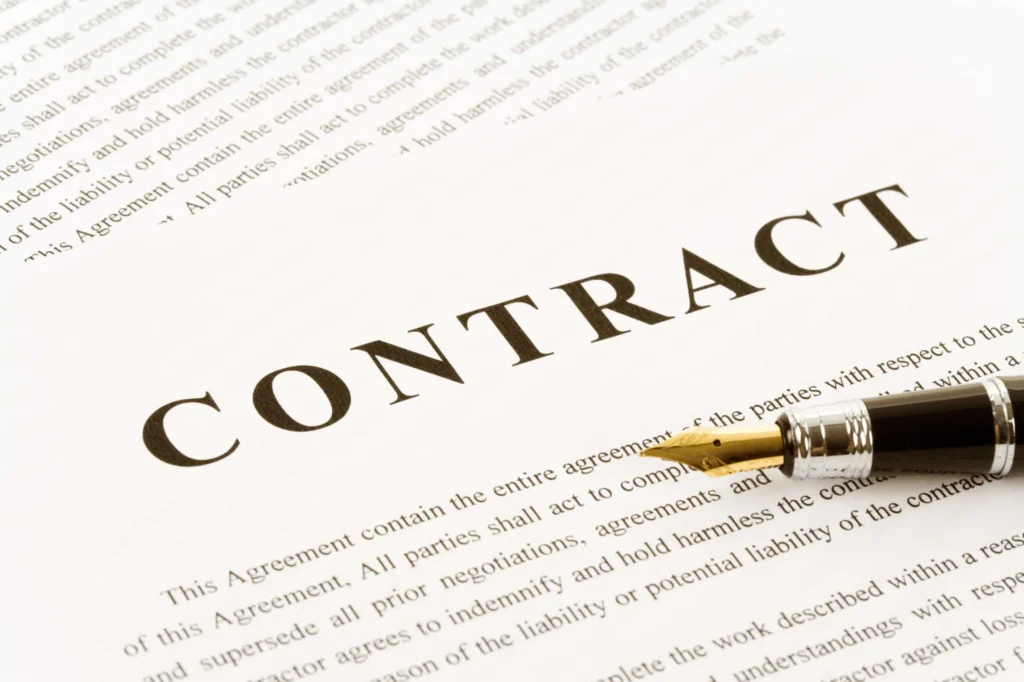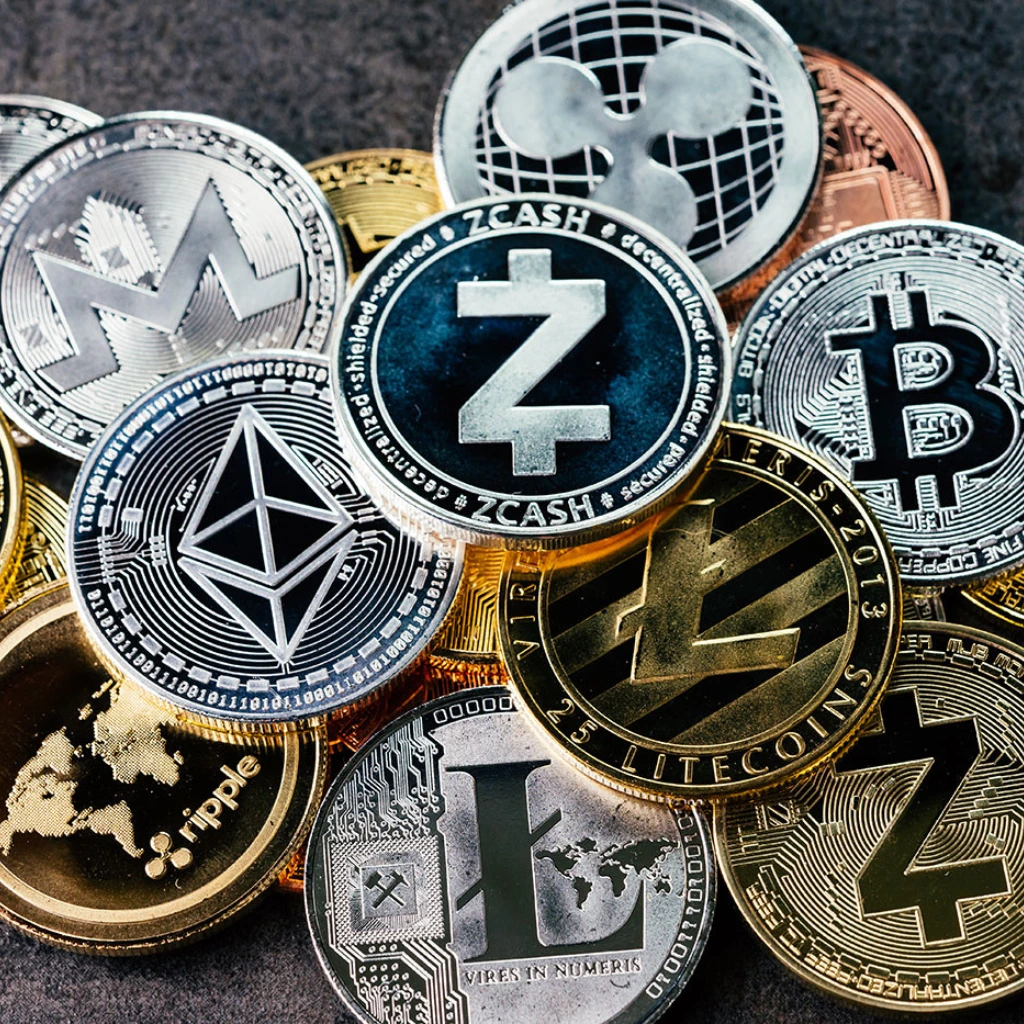The Evolution of RWA Benefits: A Timeline
2012–2014: The Foundation of Blockchain and Early Sparks of RWA Benefits
At first, blockchain was mostly known for powering Bitcoin. But early developers quickly saw its potential for more than just digital money. The idea of storing records and value—securely and transparently—started gaining interest in traditional finance circles.
RWA Benefit Spark: Transparency and traceability began to look more achievable.


2015–2017: The Birth of Smart Contracts & Ethereum
With the launch of Ethereum in 2015, smart contracts made it possible to create programmable assets. Developers began experimenting with turning physical items into digital representations.
RWA Benefit Spark: Efficiency and automation became real possibilities—no more manual paperwork or slow legal channels.

2018: The First Tokenized Real Estate Deals
In 2018, companies started tokenizing actual real estate. For example, a luxury condo in Manhattan was sold via tokens. Suddenly, fractional ownership of million-dollar assets didn’t sound so far-fetched.
RWA Benefit Spotlight: Accessibility. People no longer needed to be ultra-wealthy to get into high-value asset classes.

2019–2020: Secondary Marketplaces for Tokenized Assets Emerge
New platforms allowed people to not only buy tokens but trade them. These weren’t just investments—they were liquid. That was a game changer, especially for traditionally illiquid assets like art or private equity.
RWA Benefit Spotlight: Liquidity. Investors could now exit more easily—sometimes with just a few clicks.

2021: Institutional Interest Accelerates
Big names in finance and real estate began exploring tokenization. Reports and whitepapers outlined how it could expand global capital access and modernize ownership.
RWA Benefit Spotlight: Global reach and issuer flexibility. Asset creators saw tokenization as a way to tap into new audiences and build custom financial products.

2022: Regulatory Conversations Begin (and So Do the Caution Flags)
As tokenized assets gained traction, regulators started paying attention. Questions emerged: What rights do token holders really have? What if a platform shuts down? Is this legal everywhere?
Challenge Identified: Unclear regulations and platform interoperability issues slowed progress.
2023: Tokenized RWAs Go Beyond Real Estate
Luxury goods, vintage cars, art, wine—even music royalties were being tokenized. Asset classes that were once difficult to access or transfer began entering digital marketplaces.
RWA Benefit Reinforced: Diverse accessibility. More types of investors could get in, and more types of assets could be offered.


2024: Transparency and Security Get Put to the Test
High-profile smart contract bugs and poorly governed token projects reminded investors that blockchain isn’t foolproof. Trust in platforms, code audits, and governance became essential.
Lesson Learned: Transparency works—but only with solid, well-audited systems behind it.
Current Day (2025): RWA Benefits Take Center Stage in a Tokenized Economy
We’re at a pivotal moment. Tokenized real-world assets are no longer a niche experiment—they’re reshaping how we think about ownership, investment, and access to wealth-building tools.
Key Benefits Realized:
- Accessibility: Fractional ownership means more people can invest.
- Liquidity: Easier exits and entries in previously illiquid markets.
- Transparency: Blockchain records help build trust.
- Efficiency: Fewer middlemen, faster transactions.
- Global Capital Reach: Asset issuers can connect with investors worldwide.
But Not So Fast…
While the benefits are clear, challenges remain:
- Regulations are still developing.
- Liquidity depends on user demand.
- Not all platforms work together.
- Risk of scams or poor governance still exists.

Final Thought: Know the Past, Navigate the Future
Understanding how RWA benefits evolved helps investors see both the promise and the pitfalls. Tokenization is transforming the financial landscape—but it’s still growing up.
If you’re thinking about exploring this space, do it like any smart investor would: informed, curious, and cautious. The timeline is just getting started.
Relevant Link : Here



